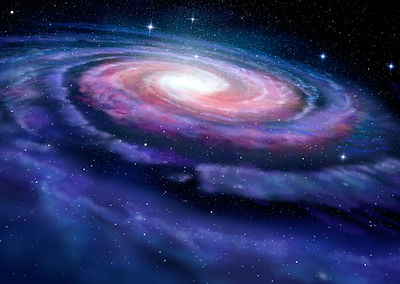
0 - 20 años luz
Esta base de datos de estrellas y planetas está en constante evolución y expansión a medida que hay nuevos datos astronómicos disponibles.
/ Estrellas y planetas / Estrellas y planetas 0 a 20 años luz
2,895.407 Trillion Miles
492.5000 Light Years
51.0011 Parsecs
Sol

1 estrella
6,299 F Photosphere
Extreme Flares
Sol
0.0378 AU
Tidally Locked
1.24 (EM)
Super Terran
8,551 Miles
? Density
? g
Atmosphere ?
Very Hot
Life?
4 Billion Years Old
Main Sequence
Population I Star
Heavy Metal Rich
Sol
0.0574 AU
Tidally Locked
2.10 (EM)
Super Terran
9,897 Miles
? Density
? g
Atmosphere ?
Very Hot
Life?
Sol

0.0861 AU
Tidally Locked
2.54 (EM)
Sub Neptunian
11,006 Miles
? Density
? g
Atmosphere ?
Hot
Life?
Sol

0.1216 AU
Tidally Locked
2.15 (EM)
Sub Neptunian
10,531 Miles
? Density
? g
Atmosphere ?
Hot
Life?
Sol
0.432 AU
Tidally Locked
1.71 (EM)
Super Terran
9,264 Miles
? Density
? g
Atmosphere ?
Freezing
Life?
1 AU = 92,955,807 Miles
Chemical Rocket Travel Time
4.925 Million Earth Years
Fission Rocket Travel Time
9,909.45 Earth Years
Fusion Rocket Travel Time
4,954.72 Earth Years
Laser Light Sail Travel Time
2.477.36 Earth Years
Kepler 186 Planets Probability to Host Life
Kepler 186 V (Terminus): The chances of life on Kepler 186 V are currently unknown, though it is a promising habitable planet candidate because it is a Super Terran size planet in its star's habitable zone. However, scientists are uncertain about its atmosphere and surface temperature, with possibilities ranging from being too cold for life to a Venus-like hellscape. While its location and size offer potential, further data on its atmospheric composition and other factors are needed to determine its true habitability.

Join the Exo Solaria Union
Help aid in UAP research, Stay informed on the UAP phenomenon, and to help push the United States government for full disclosure regarding UAP and alien species.

The planet Kepler 186 V might be habitable, but much more research needs to be done to characterize its atmosphere. In addition, the planet is susceptible to extreme flares from the Kepler 186 star, which makes it challenging to hold on to an atmosphere, and for life to thrive.